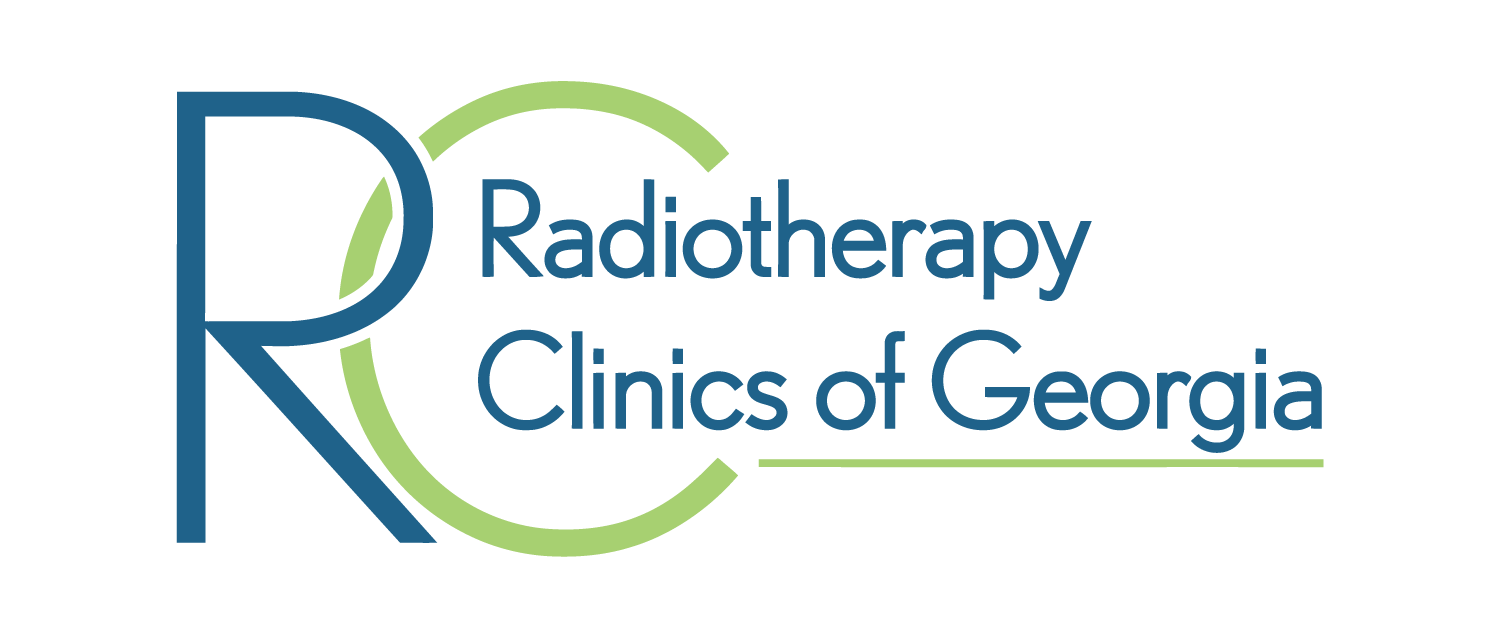
Breast cancer is a broad term that includes various subtypes, which researchers have identified by studying the molecular makeup of cancerous tumors. Understanding these subtypes is essential for doctors because it provides insight into how aggressively a tumor may behave and what treatments are likely to be the most effective. Understanding the specific features of each breast cancer subtype is also helpful for patients to better understand the reason behind the various treatments included in their plan.
The Molecular Subtypes of Breast Cancer
Molecular subtypes classify breast cancer based on specific features that drive cancer cell growth. This can include the presence of hormones such as estrogen or progesterone, or an overabundance of the HER2 protein. None of these are present in some cases, while in others, more than one is found.
Knowing the specific molecular subtype of a patient's breast cancer allows your oncologist to choose therapies specifically designed to combat that type of breast cancer.
There are four main molecular subtypes of breast cancer:
- Luminal A
- Luminal B
- HER2-positive
- Triple-negative
Luminal A Breast Cancer
Luminal A breast cancer, also called hormone receptor-positive and HER2-negative (HR+/HER2-), is the most common subtype. This type is positive for estrogen and progesterone receptors but has no signs of the HER2 protein. Typically, Luminal A breast cancer grows slowly and has a good prognosis due to low levels of the Ki-67 protein, which can promote cancer growth.
Luminal B Breast Cancer
Luminal B breast cancer is hormone receptor-positive and HER2-positive (HR+/HER2+). Your doctor may refer to this type as triple-positive breast cancer. Patients diagnosed with Luminal B breast cancer often have a higher level of the Ki67 protein, which leads to more aggressive tumor growth than Luminal A.
Most Luminal B breast cancers are estrogen-positive, but may also have progesterone receptors. Compared to Luminal A, this subtype is associated with a poorer prognosis due to larger tumor sizes and faster growth rates, increasing the likelihood of recurrence. Despite this, Luminal B breast cancer still has a relatively high survival rate.
HER2-Positive/HER2-Enriched Breast Cancer
HER2-enriched breast cancer has the HER2 protein and may or may not also have hormone receptors. HER2-positive breast cancers tend to grow faster and more aggressively than Luminal A tumors, leading to a less favorable prognosis compared to hormone-positive breast cancers. However, advancements in treatment for HER2-positive breast cancer are improving patient outcomes.
Triple-Negative Breast Cancer (TNBC)
Triple-negative breast cancer lacks receptors for estrogen, progesterone, and HER2. This type of cancer is aggressive and likely to recur. It often starts in the breast ducts and grows quickly. It’s the most common type in women with the BRCA1 gene mutation.
Because there are no receptors for hormones or HER2 on the cancer cells, there are fewer options for effective treatment. Although TNBC is challenging to treat, recent advancements through clinical research are showing promise for improved outcomes among patients diagnosed with this breast cancer subtype.
The Influence of Molecular Subtyping In Breast Cancer Treatment
Various factors influence the best treatment options for breast cancer patients. Depending on their molecular subtype, what works for one person may not be effective for another. When oncologists understand whether hormones and/or proteins are fueling the growth of a patient's breast cancer — and if so, which specific ones — they can develop a plan tailored to counteract the cancer's behavior.
Treatments for Breast Cancer Subtypes
Most breast cancer patients will undergo surgery at some point during their treatment journey. Chemotherapy and radiation therapy may also be used for all types of breast cancer.
Other therapies are chosen based on molecular subtype, stage, and lymph node involvement. Below are some common treatment approaches for different breast cancer molecular subtypes:
- Luminal A Breast Cancer: Hormone therapy is typically recommended, as hormones are driving its growth. These medications work by reducing the levels of progesterone and/or estrogen to slow cancer progression. Hormone therapy may also be administered to help prevent breast cancer recurrence.
- Luminal B Breast Cancer: This subtype is driven by both hormones and an overgrowth of the HER2 protein. Because of this, hormone therapies and targeted therapy will likely be a part of the plan to counteract both.
- HER2-Positive Breast Cancer: Targeted therapies can be very effective for HER2-positive breast cancers. Therapies such as monoclonal antibodies specifically target the cells with the HER2 protein to inhibit their growth.
- Triple-Negative Breast Cancer: Since TNBC lacks receptors for estrogen, progesterone, and HER2, it cannot be treated with hormone therapies or the monoclonal antibodies that work well for HER2-positive cancer. Instead, treatment options typically consist of chemotherapy, immunotherapy, radiation therapy, and targeted therapy. If the cancer has not spread, treatment often involves surgery.
Radiation Therapy for Breast Cancer
Some patients receive radiation therapy as part of their personalized treatment plan. Radiation therapy uses high-energy rays or particles to destroy cancer cells.
It is usually administered after surgery to eliminate any remaining cancer cells in the breast or nearby lymph nodes.
- Women who have undergone breast-conserving surgery (lumpectomy) may need radiation therapy to reduce the risk of cancer recurrence in the same breast or nearby lymph nodes.
- Women who have had a mastectomy may also need radiation therapy if the cancer was larger than 5 cm, affected multiple lymph nodes, or if any cancer cells were found in the surgical margins. Depending on individual circumstances, patients may receive either partial or total breast radiation.
Your oncologist may also recommend radiation therapy if the cancer has spread to other parts of the body, such as the bones, spinal cord, or brain.
The main types of radiation therapy that can be used to treat breast cancer include external beam radiation therapy (EBRT) and internal radiation therapy, known as brachytherapy.
- EBRT is the most commonly used type of radiation therapy for women with breast cancer. It involves delivering radiation to the affected area from a machine outside the body.
- Brachytherapy involves placing a radiation source directly into or near the tumor and may be an option for some patients who have early-stage breast cancer.
Several high-precision breast radiation technologies are available to treat breast cancer. Your radiation oncologist will evaluate your situation to determine the most effective method for your specific type of breast cancer.
Related Reading: What are the Types of Radiation for Treating Breast Cancer?
Hormone Therapies for Breast Cancer
Hormone therapy treats hormone receptor-positive breast cancer by reducing or blocking estrogen, which promotes tumor growth. It can shrink tumors before surgery, slow the progression of advanced cancer, and reduce the risk of recurrence. Common hormone therapies include aromatase inhibitors, selective estrogen receptor modulators (SERMs), and selective estrogen receptor downregulators (SERDs).
Women with early-stage breast cancer typically undergo hormone therapy for five years. Post-menopausal women with lymph node-positive cancer may continue hormone therapy for up to 10 years after surgery.
Targeted Therapies for Breast Cancer
Targeted therapy uses drugs or other substances to identify and attack specific cancer cells. This approach typically causes less harm to normal cells than chemotherapy or radiation therapy. Types of targeted therapies used in breast cancer treatment include monoclonal antibodies, tyrosine kinase inhibitors, cyclin-dependent kinase inhibitors, mammalian target of rapamycin (mTOR) inhibitors, and PARP inhibitors.
Personalized Breast Radiation Therapy in Atlanta
If radiation therapy is part of your breast cancer treatment plan, we are here to support and guide you through every step of your treatment and recovery journey. You have a choice in where you receive your treatment.
Radiotherapy Clinics of Georgia has radiation therapy locations throughout the Atlanta area and is equipped with the latest breast cancer treatment technologies. If you were diagnosed with breast cancer, request a consultation at one of our locations near you to learn more about your recommended radiation treatment plan.



